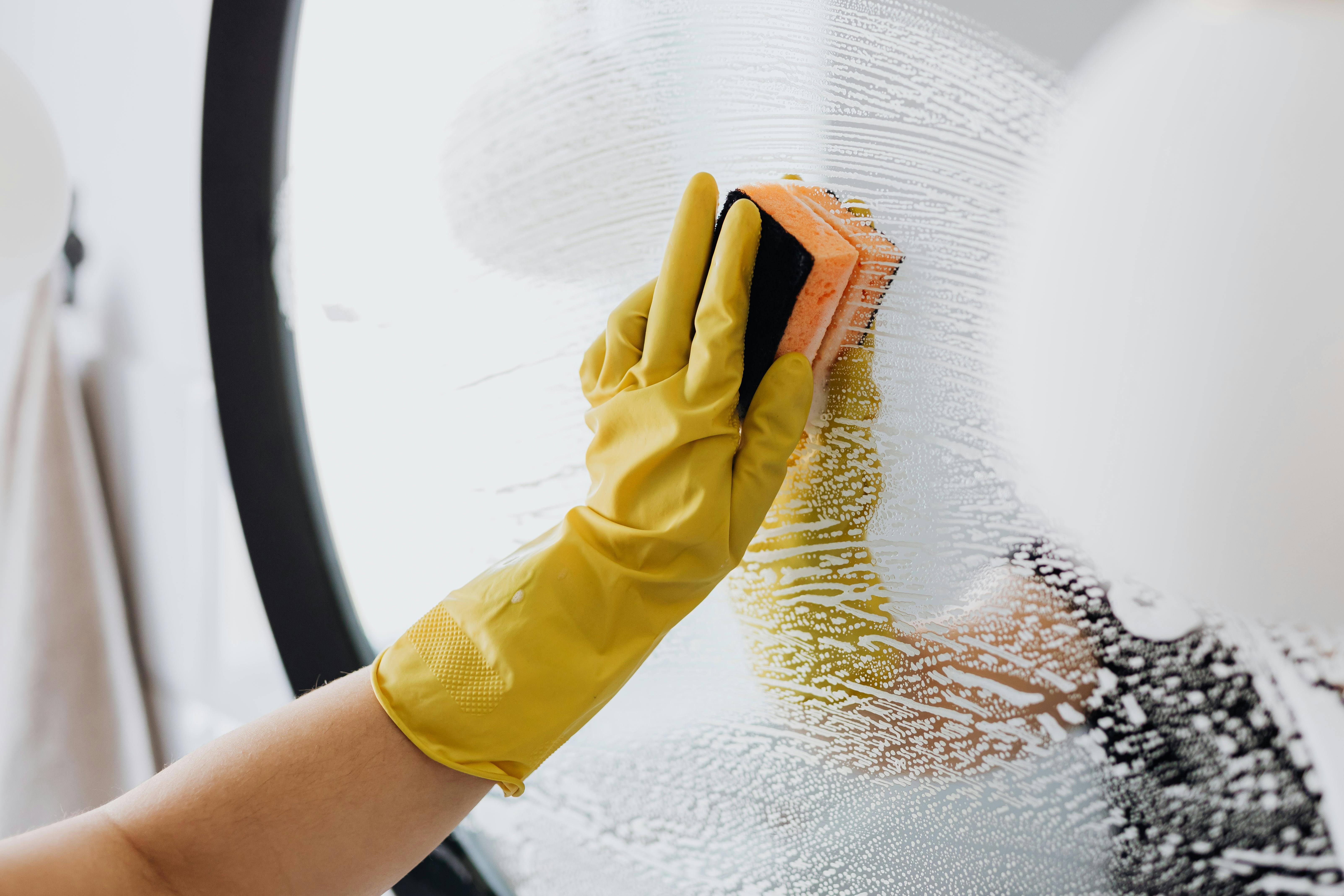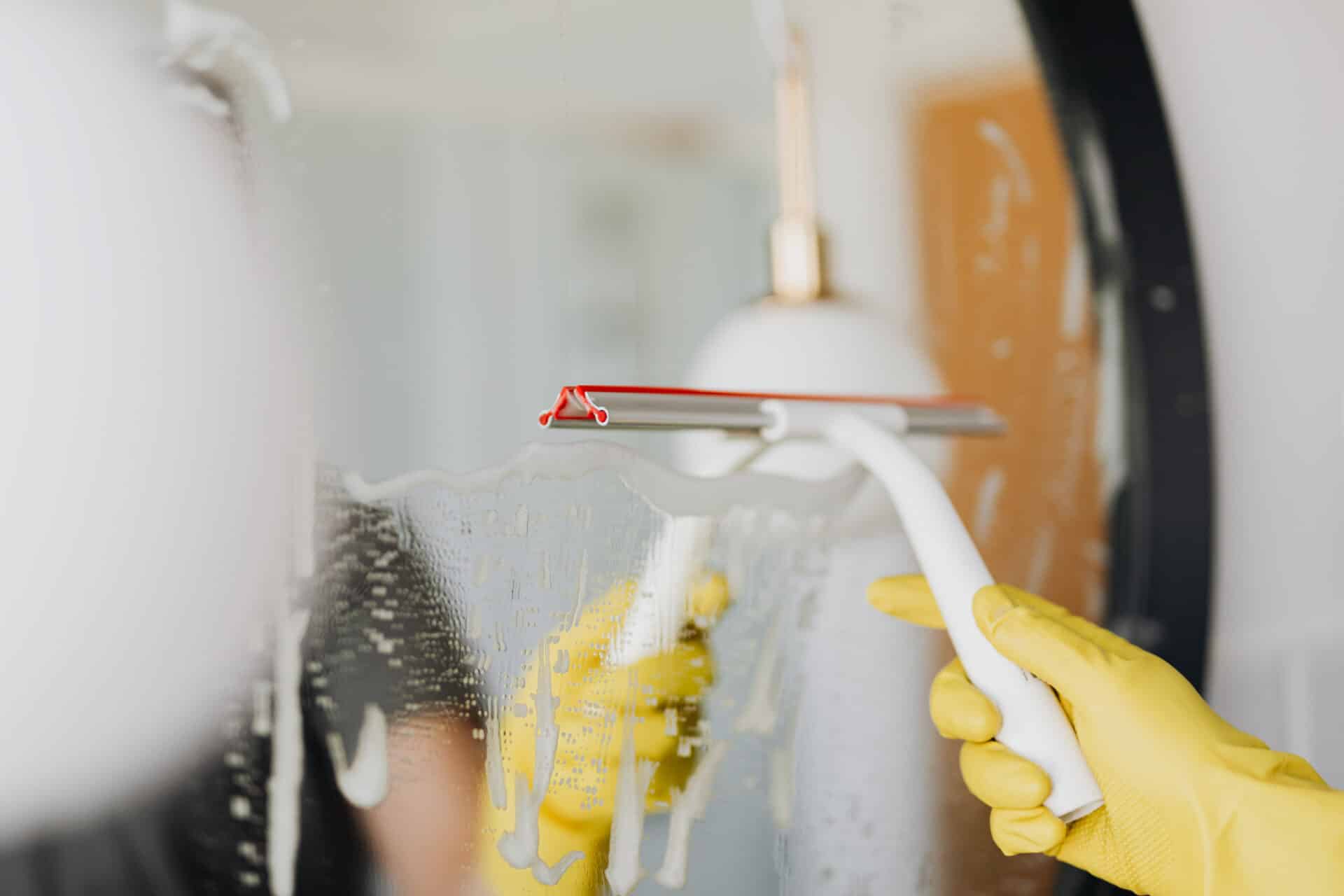Distillation is a process used to remove impurities from liquids. It has been widely used in water purification and industrial processes for centuries. In recent years, it has been studied to determine if it is effective in removing microplastics from contaminated water sources. Microplastics are small pieces of plastic that are less than five millimeters in size, and are a growing environmental concern due to their potential health impacts. In this article, we will explore the effectiveness of distillation in removing microplastics from contaminated water sources.Microplastics are tiny pieces of plastic debris that measure less than 5 millimeters in length. These small pieces of plastic are created over time as larger pieces of plastic break down due to weathering and UV radiation. Microplastics can be found in the environment, marine life, and many consumer products including cosmetics and textiles.
Distillation
Distillation is an ancient method of separating liquids by heating and cooling. It is a process used to purify liquids and separate them into their component parts, as well as to concentrate solutions. In distillation, a liquid mixture is heated until it boils, and the vapors are then condensed and collected. The vapors contain the most volatile components of the mixture, which have been separated from the less volatile components. This process can be used to purify water, separate alcohol from water, or extract essential oils from plants. Distillation can also be used to separate mixtures of two or more liquids that have different boiling points. The distillate is collected according to its boiling point, allowing for greater control over fractional distillation.
How Does Distillation Remove Microplastics?
Distillation is a process that is used to separate liquids from solids. It works by boiling a liquid, trapping the vapor and condensing it, thus separating the water from the solid contaminants. This process can be used to remove microplastics from water. By boiling the contaminated water, the microplastics will become suspended in the vapor and can be collected in a condenser. Once the condenser has collected all of the vapor, it can be discarded and the clean water can be collected for use. The process of distillation is relatively simple and can be done using relatively inexpensive equipment.
Distillation is an effective way to remove microplastics from water because it does not leave any residue or harmful chemicals behind. It also does not require any special treatment or chemicals to break down the plastic particles, so it can be used in a variety of settings where other methods may not be practical. Additionally, this method requires little energy and produces minimal waste, making it an environmentally friendly option for removing microplastics from water sources.
Is Distillation an Effective Method of Removing Microplastics?
Distillation is a process used to purify and separate liquids from solids. It has been used for centuries to make drinking water, alcohol, and other products. Recently, it has been suggested as a potential method for removing microplastics from water. But is distillation an effective method of removing microplastics?
The answer is yes, distillation can be an effective way to remove microplastics from water. This is because the process of distillation separates liquid from solid material, including microplastics. During the distillation process, the liquid evaporates and then condenses on a cool surface such as a condenser coil or flask. The condensed liquid can then be collected and filtered to remove any remaining microplastics.
However, it should be noted that distillation alone will not completely remove all microplastics from water. There are some types of microplastics that have low vapor pressures and will not evaporate during the distillation process. Also, the efficiency of the filtration system used after the distillation process will determine how much of
Types of Distillation Processes Used to Remove Microplastics
Distillation is a process used to remove microplastics from water. It involves boiling the water, collecting and condensing the vapors, and then separating the liquid from the solid particles. This process can be used in both large-scale industrial applications and small-scale home use. The type of distillation process used depends on the size of the microplastic particles, as well as their chemical composition.
One type of distillation process is reverse osmosis. This involves passing water through a semi-permeable membrane with tiny pores that allow water molecules to pass through while trapping larger particles, such as microplastics. Reverse osmosis can be used to remove particles as small as 0.001 microns in size.
Another type of distillation process is ultrafiltration. Ultrafiltration works similarly to reverse osmosis in that it uses a semi-permeable membrane to separate small particles from larger ones. However, it has a much higher degree of efficiency than reverse osmosis, allowing it to filter out particles down

The Benefits of Using Distillation to Remove Microplastics
The removal of microplastics from our waters is an ongoing challenge, but one method that has been gaining traction is the use of distillation. Distillation is a process in which water is heated, vaporized, and collected to produce a purer form of water. This process can be used to remove microplastics from water by trapping the particles in a filter during the distillation process. There are several benefits associated with using distillation to remove microplastics.
The first benefit is that distillation can remove a wide range of contaminants from water. By trapping particles in the filter during the distillation process, it can effectively remove contaminants such as heavy metals, bacteria, and other pollutants as well as microplastics. Additionally, distillation can be used to purify both fresh and saltwater sources, making it an ideal choice for coastal areas or locations where access to clean drinking water is limited.
Another benefit of using distillation to remove microplastics from water is that it does not require the use of hazardous chemicals or complex equipment. Instead, this process relies on simple
What Are Potential Risks Associated with Distilling Microplastics?
Distilling microplastics is a process in which plastic particles are broken down into smaller pieces. This process can be used to remove contaminants from drinking water, as well as for industrial purposes. However, there are potential risks associated with distilling microplastics that should be taken into consideration.
The first risk is the release of potentially toxic chemicals into the environment. When plastics are heated or broken down, they can release hazardous chemicals such as bisphenol A (BPA), phthalates and other volatile organic compounds (VOCs). These chemicals can then find their way into the air and water, posing a risk to human health and the environment.
Another risk is the potential for microplastic contamination in food products. Microplastics can be ingested by fish and other marine life, and then make their way up the food chain to humans. Some studies have shown that microplastics can pass through our digestive systems without being fully broken down, leading to potential health risks such as hormone disruption and disease.
Alternatives to Distillation for Removing Microplastics
Removing microplastics from water sources is an increasingly important task, and distillation is one of the most commonly used methods. However, distillation is not always the most cost-effective or efficient option. Fortunately, there are several alternatives to distillation that can be used to remove microplastics from water sources.
One of these alternatives is adsorption. Adsorption involves using a material with a high affinity for the microplastics, such as activated carbon, to bind them and remove them from the water. This method can be more efficient than distillation in some cases because it can target specific types of microplastics and can be used in a variety of settings.
Another alternative is flotation. Flotation involves using air bubbles to lift microplastics out of the water. This technique can be effective for removing small particles of plastic from large volumes of water, but it may not be as effective at removing larger pieces of plastic or plastic that has clumped together.
A third alternative to distillation for removing micropl

Conclusion
Distillation is a process that is used to remove microplastics from water. It is a relatively simple and cost-effective method for removing microplastics, although it does not always remove all of the microplastics from the water. The effectiveness of the process will depend on the type and size of the microplastics, as well as the type of distillation equipment being used. Large-scale distillation processes have been successful in removing large quantities of microplastics from water sources, while smaller-scale systems are more suitable for removing smaller amounts of microplastics.
In conclusion, distillation can be an effective method for removing microplastics from water sources. The effectiveness will depend on the type and size of microplastics present in the water, as well as the type of distillation equipment being used. Additionally, it is important to note that while distillation can be an effective tool for removing microplastics from water sources, it may not completely remove all of the microplastics present.

